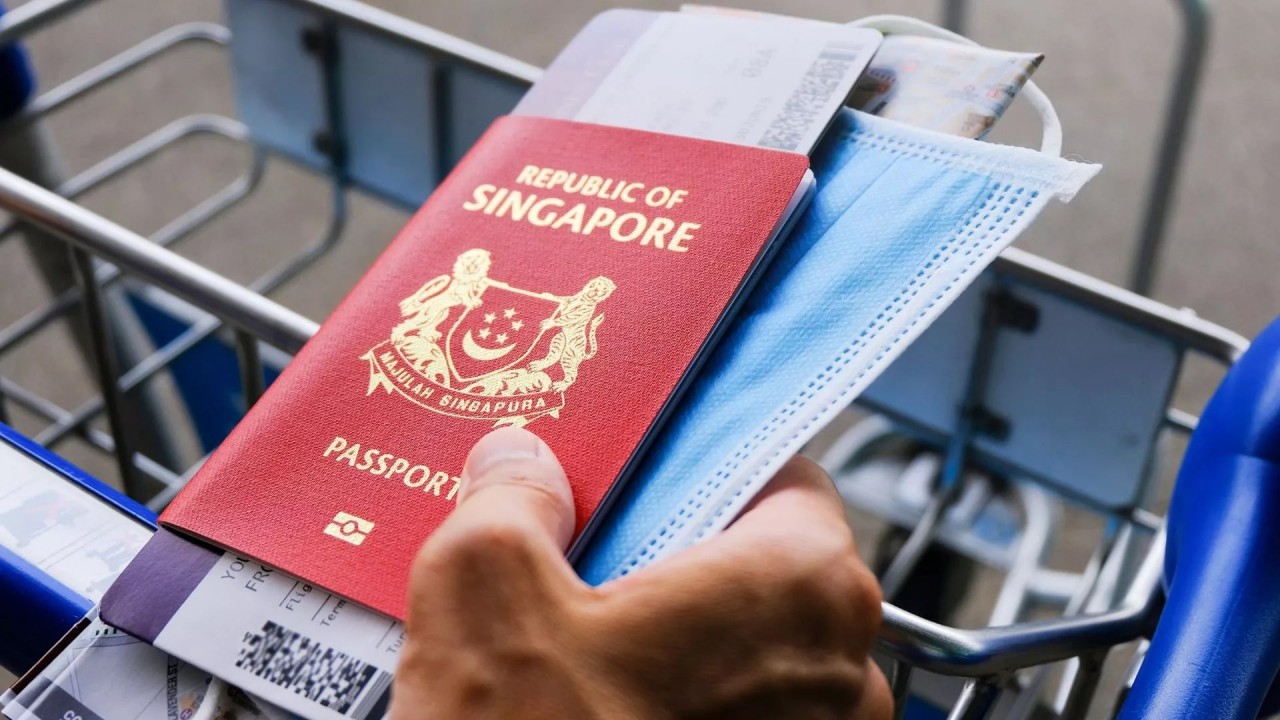Explore Amazing Lima: The City That Rains Every 600 Years
Lima is one of South America's best kept secrets. Once treated as a stopover by travelers on their way to the famous Machu Picchu, the capital of Peru has always been a vibrant destination in its own right. And the world is now taking notice.
The city of more than 9 million citizens is a sprawling metropolis with sights and smells at every turn. The historic city center, given the name Ciudad de los Reyes (City of Kings) by Spanish conquistadors, enchants visitors with its pre-Columbian history and colonial architecture. Meanwhile, the modern Miraflores district beckons sun seekers and trendsetters and the Barranco district is a bohemian paradise. Plus, any world-traveling foodie will tell you that the vast and delectable Peruvian cuisine is not to be missed. In short, Lima has something for everyone.
Lima is home to one of the oldest institutions of higher learning in the New World. The National University of San Marcos, founded on 12 May 1551, during the Viceroyalty of Peru, is the first officially established and the oldest continuously functioning university in the Americas.
History of Lima, Peru
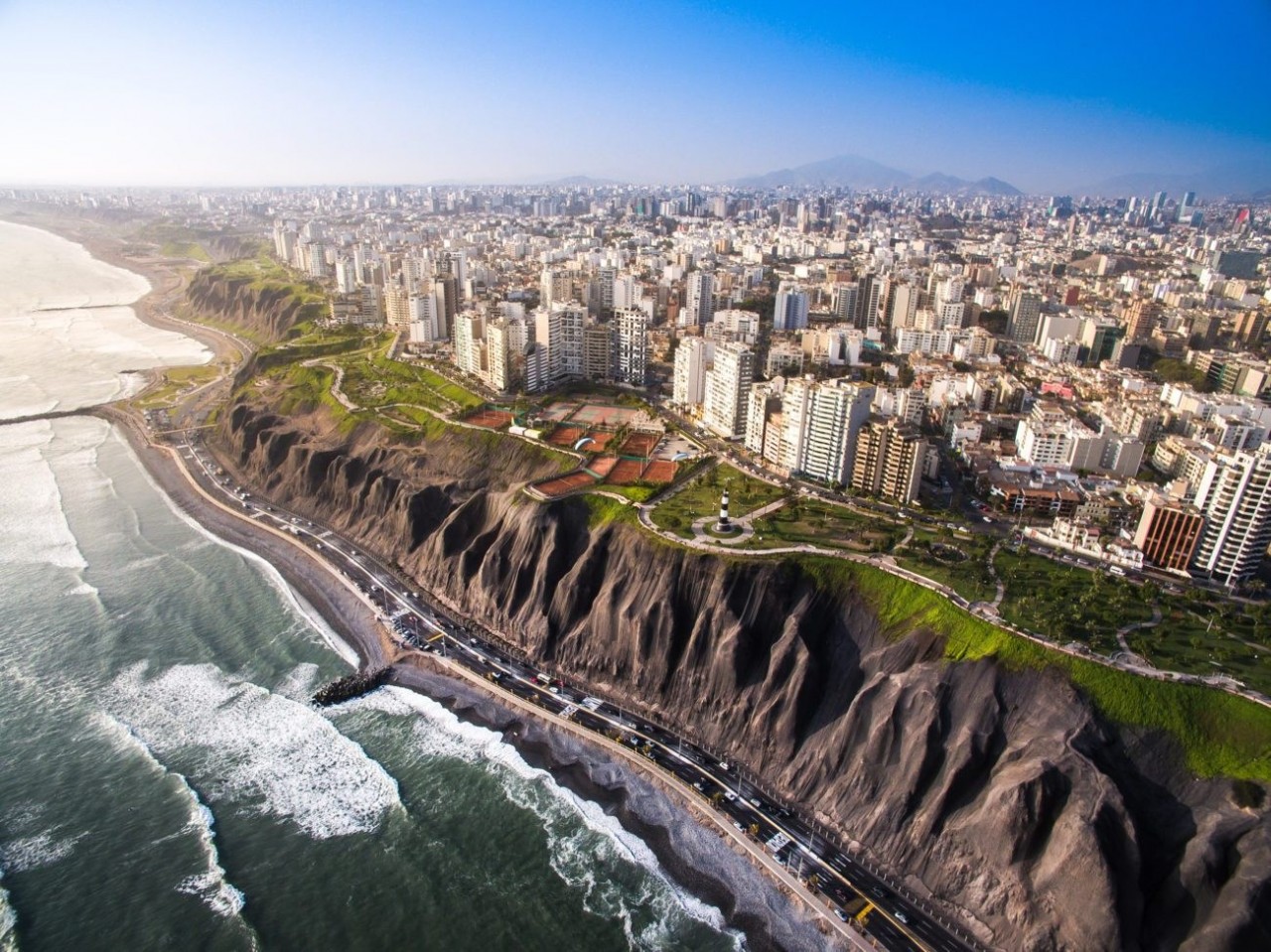 |
| Photo: Shutterstock |
It’s often said that Lima was founded in 1535 by Francisco Pizarro, the conquistador who toppled the Inca Empire. But a pre-Inca civilisation had thrived here for a thousand years before the Spanish arrived, leaving behind many impressive huacas (enormous pyramids and monuments) as well as beautiful ceramics.
The most prominent site is Huaca Pucllana, a structure built by the so-called Lima Culture on seven staggered levels. The Lima civilisation declined around 600 and by the time the conquistadores turned up, it was part of Inca territory.
The colonial city established in the Ri’mac valley soon became a focal point of the Spanish Empire. A great deal of Andean silver passed through Lima en route to Spain, and some of it funded the colonial mansions and baroque churches whose altars still gleam in the city today.
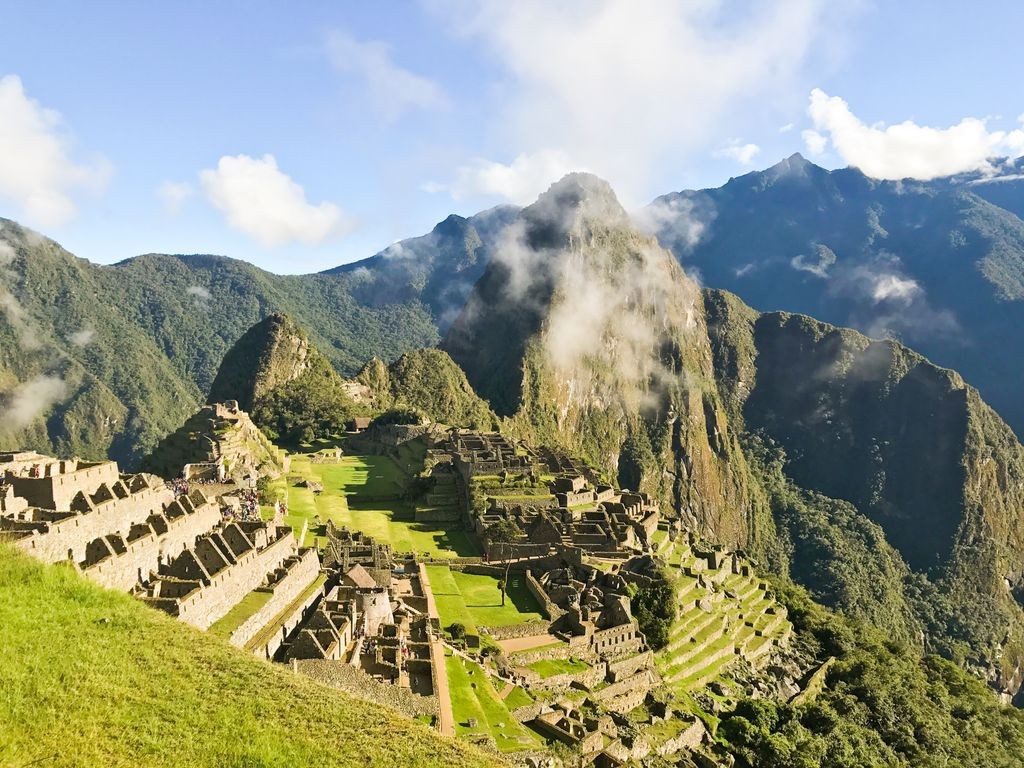 |
| Photo: 12Go |
As the centre of a Spanish viceroyalty that spanned Peru, Ecuador, Bolivia and Chile, Lima was the most important South American capital until the 19th century. It was also here that the Argentine general and legendary liberator José de San Martín announced Peru’s independence in 1821. Afterwards, Lima became the capital of the Republic of Peru, and the city’s Plaza San Martín was named after the general.
Post-independence, the free South American countries didn’t always get along. In the War of the Pacific (1879-1884), Peru joined forces with Bolivia against Chile, which ultimately led to the Chilean army occupying Lima and swiping many of its riches. After recovering from the war, Lima expanded rapidly in the 1900s, with shanty towns beginning to pop up mid-century as a result of the booming population.
In more recent years, the capital was beleaguered by terrorist threats from groups such as Shining Path and the Túpac Amaru Revolutionary Movement. President Alberto Fujimori fought against the insurgents and presided over a period of drastic economic reform during 1990s, but he was later jailed for human rights violations and corruption. Although parts of Peru remain very poor, the economy has grown rapidly since the 1990s, with Lima leading the way as a vital financial hub of Latin America.
Lima, the city with no rain
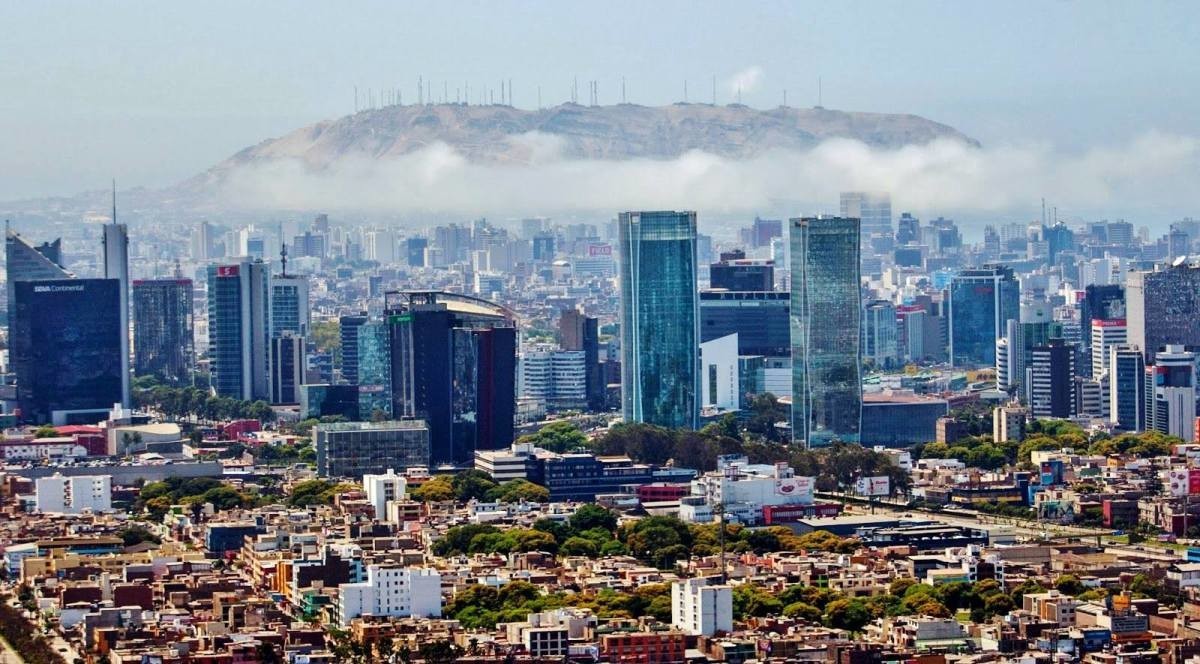 |
| Photo: Erasmusu.com |
The only rain-free city in the world, some houses have no roofs, and the streets have no sewers. Lima has a tropical desert climate. It has the lowest rainfall among all countries in the world. The annual rainfall is only 10 to 15 mm, so it has the title of "rainless city".
A large number of residential houses in the city are adobe houses. Some houses are simply made of cardboard. What's more, some houses do not have a roof. Furthermore, Lima citizens never buy umbrellas, raincoats and other rain gear, and there are few drainage channels in the streets of the city. These "strange" phenomena are actually not strange to Lima people.
There are many ruins from ancient times. For example, there is a library built in the tomb. It is said that tens of thousands of people were buried in this cemetery, but now it is here. All you can see are some scriptures.
This situation in Lima is because the prevailing wind direction (southeast trade wind) is basically parallel to the sea level, which is not easy to raise water vapor; there is a strong Peruvian cold current flowing off the mainland, and coastal air In contact with the cold water surface, the lower layer cools down and forms a stable temperature inversion layer. The water vapor can only form fog, and it is difficult to transport upward into clouds and cause rain.
Best Months to Visit
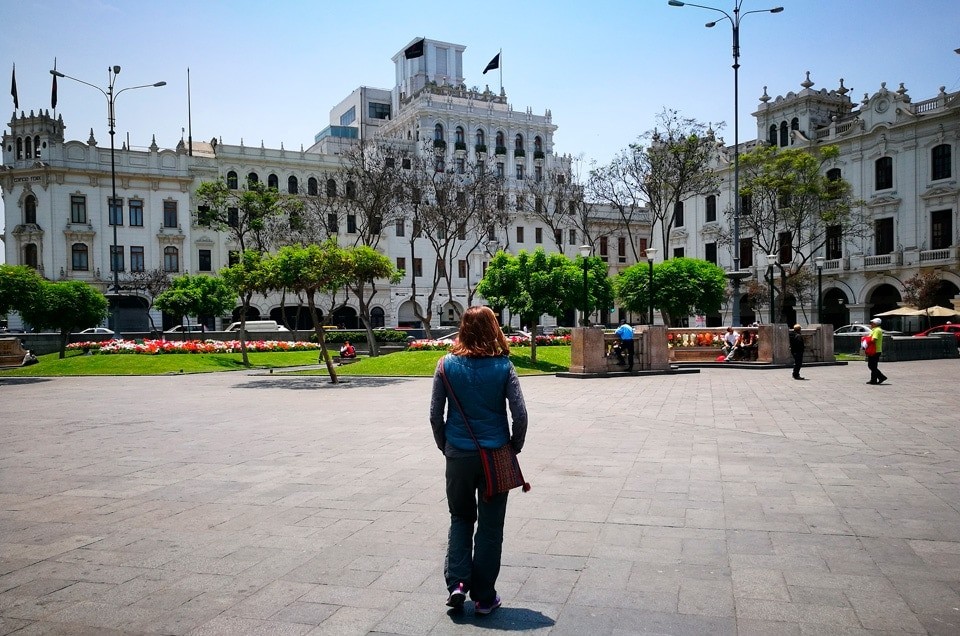 |
| Photo: Sylvia Travel |
The best time to visit Lima is from December to April. Since Lima is in the Southern Hemisphere, these months offer warm, summer weather (sometimes upward of 80 degrees). The city's geography as a coastal desert means it experiences moderate temperatures throughout the year, very little rainfall, but plenty of high humidity. If you visit from May through November, considered Lima's cooler months, you're likely to find what locals call la garua: a thick misty sea fog that hangs over the city along with overcast skies.
Reasons Why You Should Visit Lima, Peru
The food
Lima has become the unofficial gastronomical capital of South America. The city boasts world-renowned chefs such as Gastón Acurio and Virgilio Martínez, who received the Chef’s Choice Award in 2017. Lima is also the only city to have two restaurants ranking in the top 10 of the World’s 50 Best Restaurants, Central and Maido.
Ceviche
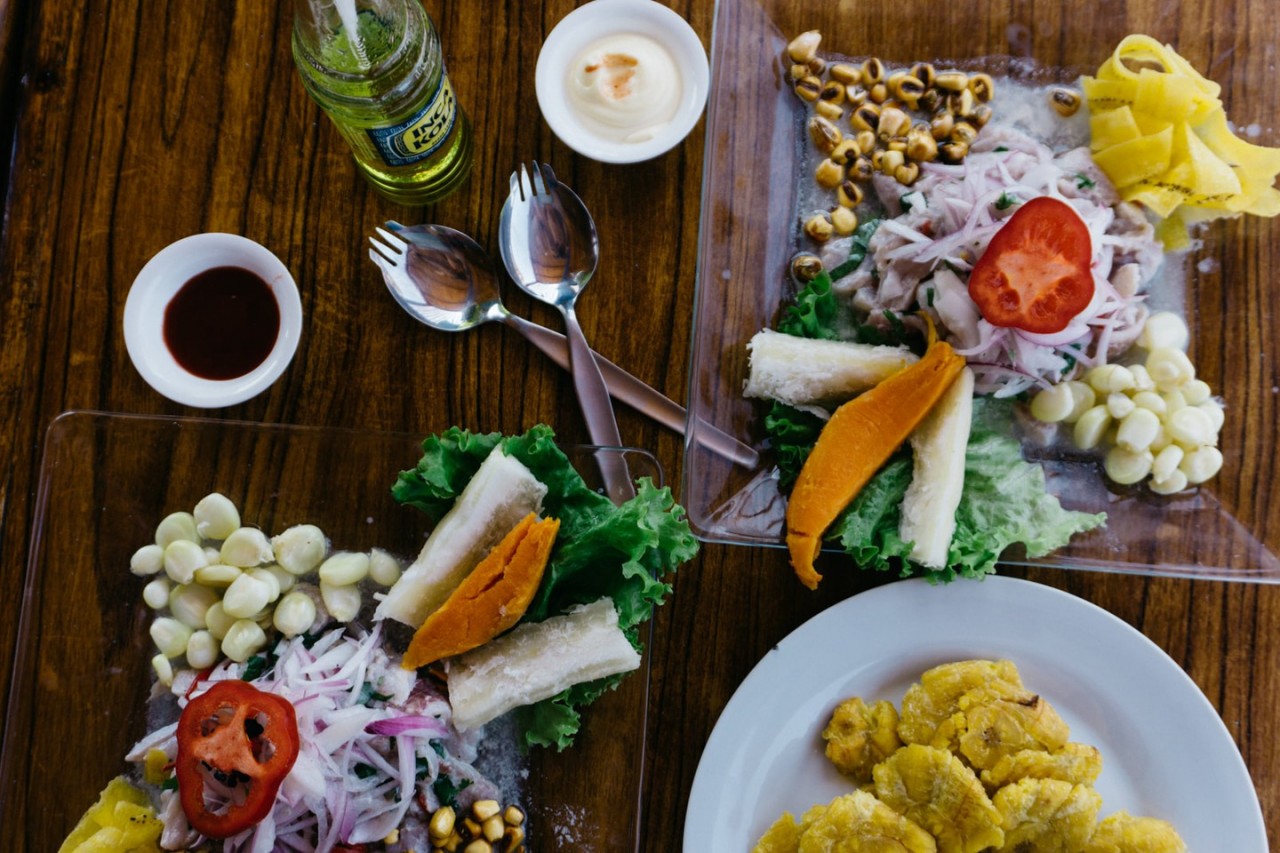 |
| Lima is known around the world for its vibrant culinary scene | Mia Spingola / © Culture Trip |
The food is so good in Lima that it must be listed twice. There are many traditional, must-try Peruvian specialties, but no one should leave the country without trying some ceviche in Lima. The dish was invented by Peruvians and perfected in Lima. With the expansive Pacific Ocean just west of the city, there is no shortage of fresh fish and cevicherías. You can enjoy the dish at the fishing docks in Chorrillos, a bustling market or at a fine-dining restaurant in Miraflores. The options are endless.
Indulge in the nightlife of Miraflores
If you want to go out and experience Peruvian nightlife, Lima is a must-visit. While there are bars all over the city, most of them are concentrated in Miraflores, Barranco and the historic center. If you head to Pizza Street in Miraflores or La Plaza in Barranco, you’ll find plenty of music and dancing going on all night. Peruvians don’t head out until about 11pm, so plan on staying out late. The city also has boutique bars such as Ayahuasca, which is an old colonial-style mansion turned into a three-story, carnival-fun-house bar.
Surf at Punta Roquitas
Surfers shouldn’t miss the opportunity to spend time in a capital city with some of the best waves in the world. Shortboarders can enjoy a day at Punta Roquitas, with its punchy crossed-up sections, while longboarders will want to head down to Playa Waikiki. Both breaks are only a short walk down from the boardwalk in Miraflores. If those aren’t enough, visitors can catch bigger waves in Chorrillos, the home of La Herradura, a world-class, left-hand point break.
Admire the architecture at Plaza de Armas
Standing in the Plaza de Armas, staring at the large colonial-style buildings, you’ll feel the history of the City of Kings and be transported to the past when this city was Spain’s capital of South America. To the east of the plaza resides the Palacio Arzobispal, which has ornate Moorish-style balconies, something unique to Peruvian architecture. In the northeast is Palacio de Gobierno, a grandiose Baroque-style building that serves as the residence for Peru’s president.
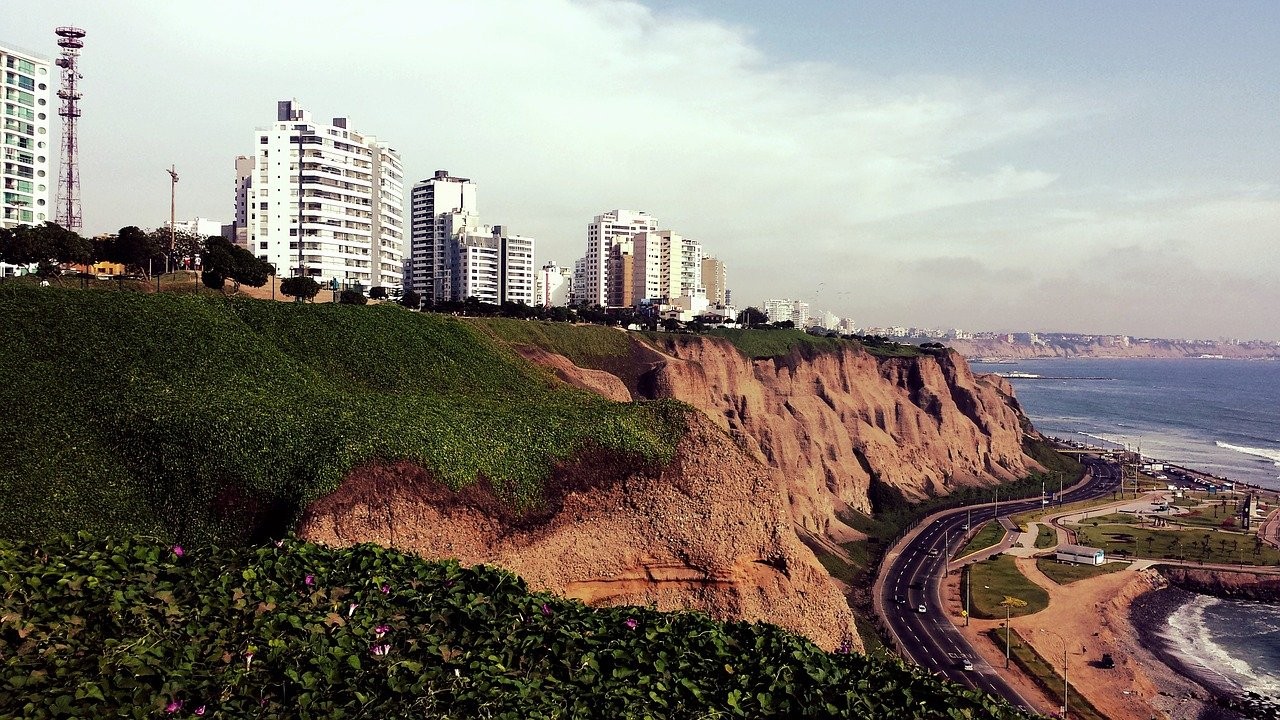 |
| Photo: Pixabay |
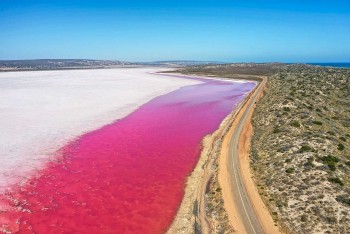 | Visit The Unique And Attractive Pink Lake In Australia One of the most famous and unusual places in Australia is Hutt Lagoon, a blazing and beautiful pink lake whose charms are irresistible to new ... |
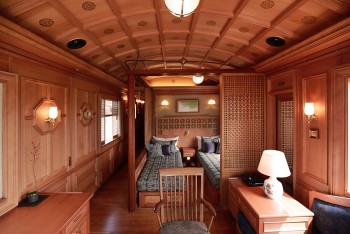 | Top 10 Most Expensive Trains In The World Golden Eagle Trans-Siberian Express, The Seven Stars, British Pullman, etc, are some of the most expensive and luxurious trains in the world that can give ... |
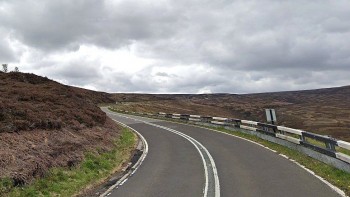 | Top 9 Best Driving Roads In The U.K With beautiful natural scenes and favorite tourist destinations, the U.K has some of the best and most wonderful driving roads that you can enjoy rolling ... |
Recommended
 World
World
Pakistan NCRC report explores emerging child rights issues
 World
World
"India has right to defend herself against terror," says German Foreign Minister, endorses Op Sindoor
 World
World
‘We stand with India’: Japan, UAE back New Delhi over its global outreach against terror
 World
World
'Action Was Entirely Justifiable': Former US NSA John Bolton Backs India's Right After Pahalgam Attack
Popular article
 World
World
US, China Conclude Trade Talks with Positive Outcome
 World
World
Nifty, Sensex jumped more than 2% in opening as India-Pakistan tensions ease
 World
World
Easing of US-China Tariffs: Markets React Positively, Experts Remain Cautious
 World
World






